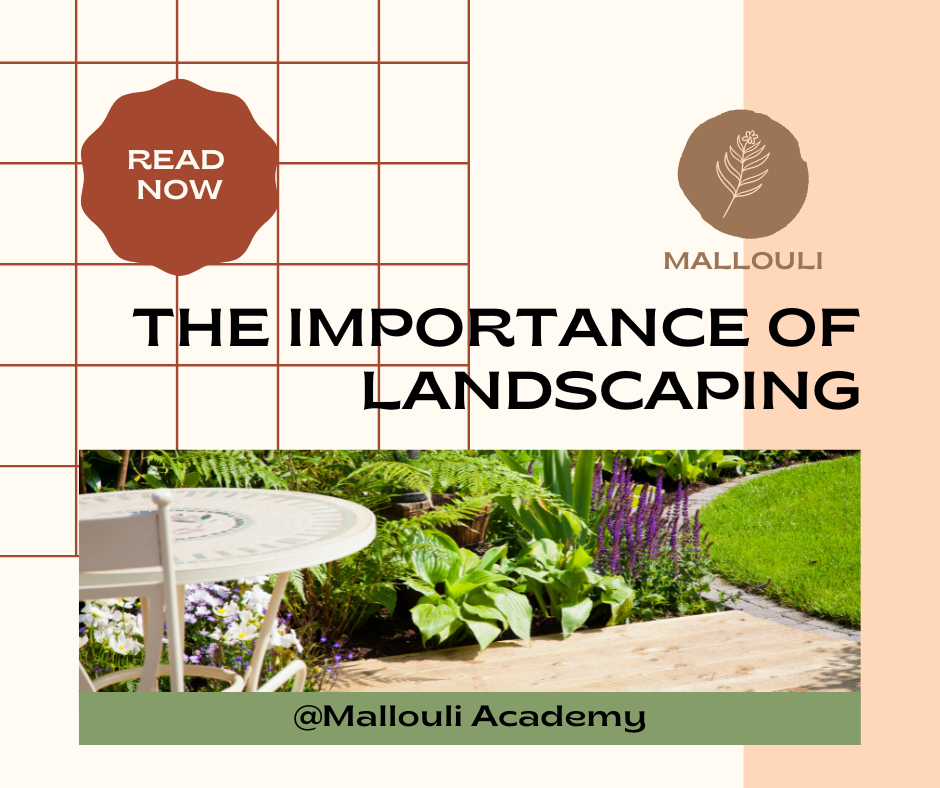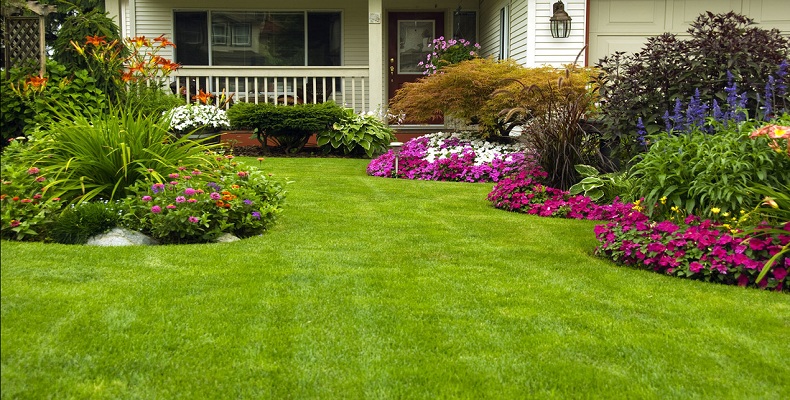5 Simple Techniques For Landscape Design
Wiki Article
The 6-Minute Rule for Landscape Design
Table of ContentsUnknown Facts About Landscape DesignAbout Landscape Design3 Simple Techniques For Landscape DesignGetting My Landscape Design To WorkNot known Facts About Landscape Design
A lawn can normally be split into 3 locations: public (the front yard), private (the back lawn), and solution (typically the side yard). The place of task locations depends mostly on the kind of location, the size of room required, the kind of activity, and the wanted closeness to various other activities and structures.The outdoors wall of your home usually functions as the initial wall surface or beginning point of an outside area. Inappropriate uses ought to be separated, and associated activities, such as food preparation and eating, ought to be assembled to make the lawn much more reliable and delightful. When making use of hardscape to develop spaces, make use of building material similar to that used in your home for continuity from your home into the yard.
Linked spaces. Debt: Gail Hansen, UF/IFAS Using comparable hardscape attributes and duplicating plants pulls the eye around the garden. Essential factors along the method can be highlighted with growings or attributes that draw focus and encourage motion in a particular instructions. Moving along the path takes an individual from one area to the next and enables the individual to have a selection of experiences.
Landscape Design Can Be Fun For Everyone

For psychological comfort plants are utilized as physical or implied obstacles for privacy and security. Physical barriers block both the sight and accessibility to an area and include fences, wall surfaces and plant bushes.
Physical and implied barriers. Credit Report: Gail Hansen, UF/IFAS For these reasons, the kinds of plants to be utilized (such as trees, hedges, or groundcovers) need to be chosen in the onset of preparation (Landscape Design). Plant kinds are selected for their functional capacities so that their future purpose and required room can be thought about at the same time

More About Landscape Design
Each plant mass is in front of, behind, or following to, an additional mass. Figure 11. Horizontal plant layers. Debt: Gail Hansen, UF/IFAS Figure 12. Upright plant layers. Landscape Design. Debt: Gail Hansen, UF/IFAS Duplicating plants within a mass and duplicating masses with similar plants links the garden together. The individual plant characteristics have to be thought about to effectively layer and mass plants.All plant compositions begin with the major framework plants, the big, mostly evergreen background plants-such as the trees and big hedges. These plants different or enframe areas, manage the dimension of the room, and offer the starting point for choosing the ideal features of the second layer, midground plants, for massing and infill.
Vital factors in the yard need to be highlighted by the use special plants, unique frameworks, or garden accessories. Marking limits or entries to areas can be finished with entrances, arbors, and steps, or through making use of special and colorful plants. The kind and/or design motif of the yard will certainly typically help establish the important points and just how they should be highlighted.
Other crucial locations in the backyard are prime focus, which is used to visually organize a landscaped area. The sort of focal factor commonly depends on the watching viewpoint. Different perspectives or perspectives can expose different make-ups in the landscape that may require a selection of prime focus. Contrasting texture, form, you can try here size and shade will capture This Site and hold the eye.
The Single Strategy To Use For Landscape Design

Plant forms. Credit History: Gail Hansen, UF/IFAS After form, texture is the next leading feature of a plant; coarse, tool and great textures can be utilized for comparison and emphasis in the landscape.
The enjoyable scent of plants, the audio of wind in the trees, the sound and texture of water, and the shades and structures of sculptures, pots and yard furnishings all contribute to the experience of the garden. One detail that is frequently forgotten is the result of light on the aesthetics of the plants.

The Basic Principles Of Landscape Design
It is very important to understand the eventual fully grown dimension of plants so they can be placed in the right area and spaced effectively when they are installed. Providing plants room to expand is a difficulty since the usual mature dimension is normally based upon optimal growing conditions and the environmental conditions of a website may cause a plant to grow bigger or stay smaller.
Report this wiki page